An affordable and fast clinical test that can save human lives and spares at-risk population
Horseshoe crabs are remarkable animals, beautiful in their weirdness. These "living fossils" evolved 450 million years ago and have lived through at least five mass extinctions fatal to the majority of multicellular lifeforms on Earth. Sea-dwelling relatives of spiders, horseshoe crabs can lay millions of eggs, have four pairs of eyes, and (importantly to us) have blue blood containing amoeba-like immune cells. These horseshoe crab immune cells are analogous to the white blood cells of in our bodies, which protect us against a wide range of pathogens.
Few people are aware that these cells from horseshoe crabs, called amebocytes, are indispensable for modern medicine. They are the only known source of Limulus Amebocyte Lysate (LAL), a reagent extraordinarily sensitive to the liposaccharide toxins produced by Gram-negative bacteria, which are responsible for 80% of cases of life-threatening sepsis in humans.
Each year, around 11 million people die from sepsis worldwide. Since its approval by the FDA in 1977, the LAL assay has been the standard test for contamination of medical devices by Gram-negative bacteria.
But every attempt to use LAL to detect these bacteria in the blood of human patients has failed so far, due to the presence of substances in blood that inhibit the test. Combined with concerns about the impacts of harvesting horseshoe crabs for LAL production, the medical community has had two major problems to overcome with this technique. But new research in Frontiers in Marine Science may have found the answer.
"We wanted to find a way to keep horseshoe crabs healthy in the laboratory, in such a way that we could regularly and reliably obtain LAL from them for medical tests while safeguarding their wellbeing as much as possible. Now that we have managed this, harvesting them from the ocean won't be necessary anymore," says Lee Robertson, Director of Scientific Communication and Operations at Kepley BioSystems. This team worked in collaboration with researchers from the Joint School of Nanoscience and Nanoengineering in Greensboro, North Carolina.
Robertson also emphasizes, "We also show that LAL from healthy and well-fed horseshoe crabs in aquaculture is of a higher quality, which for the first time makes it possible to do quick, affordable, and precise LAL assays on specially treated human blood."
These are welcome results for human patients at risk of life-threatening sepsis, and also for horseshoe crabs, since current harvesting practices are hardly sustainable.
Every year, up to 600,000 individuals of the Atlantic horseshoe crab Limulus polyphemus are harvested in the USA alone for transport to the laboratory, bleeding to extract amebocytes for LAL production, and subsequent return to the ocean. Unless they die from the procedure, which has an estimated mortality rate of 30%. L. polyphemus are typically harvested during the spawning season (May-June), when they are extra vulnerable due to the stress of mating and reproduction.
These practices put considerable pressure on wild populations, already classified as a vulnerable species at risk from habitat fragmentation, global warming, and harvesting as feedstock for eels and whelks. But thanks to the new method described here, amebocytes can be extracted up to 24 times per year from L. polyphemus kept long-term in aquaculture, abolishing the need to harvest them from the ocean.
The authors calculate that a single cohort of 45,000 L. polyphemus in aquaculture would yield enough LAL for all current needs, and even allow its use in new clinical applications—in particular for rapid sterility tests on human blood.
In order to achieve this new method, the team developed a recirculating aquaculture system to house L. Polyphemus. To enable regular extraction of amebocytes, they were gently immobilized (while bathing their gills in saltwater), while a capped intravascular catheter was implanted through the pericardial membranes under sterile conditions. Every effort was made to safeguard their wellbeing as much as possible: the entire procedure had a zero mortality rate, and the animals displayed the full range of natural behaviors in aquaculture while maintaining their body weight. Regular body checks and biochemical and cell composition analysis of their blood further proved that they remained healthy throughout.
"This study offered tremendous opportunity to improve conditions of a threatened animal species that is intrinsically linked with human health," says Dr. Rachel Tinker-Kulberg, the study's lead author.
"With a carefully developed diet and rigorous monitoring, we were excited to see the health parameters and blood quality respond positively. We have a significant advantage over current LAL collection methods in that our aquaculture-derived LAL has less batch-to-batch variability and it is a more sustainable approach that will yield more reliable and higher quality product. The horseshoe crabs continue to be lively and active in their new environment and even laid eggs."
Tests showed that LAL produced from L. polyphemus in aquaculture tends to have a higher activity than lyophilized and preserved LAL from commercial kits. This suggests that this fresh LAL has a greater concentration of clotting factors necessary for defense against disease-causing bacteria, presumably because animals in aquaculture are better fed and healthier.
The results show that LAL derived from aquaculture can be reliably used to detect endotoxins in human blood. The new blood assay—described in greater detail in an upcoming study by the same authors—was sufficiently sensitive to detect toxins across the clinically relevant range of 1—500,000 Colony-Forming Units (CFU) per ml blood.
"LAL has never before been used for patient diagnostics due to cross-reactivity and inhibitors in human blood. Using high quality and potent LAL from aquaculture, we have now developed a method that makes blood samples compatible with the LAL assay, allowing it for the first time to be used in early, potentially life-saving detection of bacteria and fungi in blood," says Dr. Anthony Dellinger, President of Kepley BioSystems.
"Infectious disease is in our daily headlines and blood-borne bacterial infections leading to sepsis is the number one cause of untimely deaths worldwide. Humanity has now entered an era of pathogenic contagion that demands diagnostic and therapeutic breakthroughs of note. Our aquaculture method not only spares at-risk populations of horseshoe crabs: it also yields LAL that can finally be used in a quick, affordable, and ultra-sensitive assay for the early stages of sepsis, when time is of the essence for saving patients' lives."Into watching horseshoe crabs have sex? Florida needs your help
More information: Rachel Tinker-Kulberg et al, Horseshoe Crab Aquaculture as a Sustainable Endotoxin Testing Source, Frontiers in Marine Science (2020). DOI: 10.3389/fmars.2020.00153
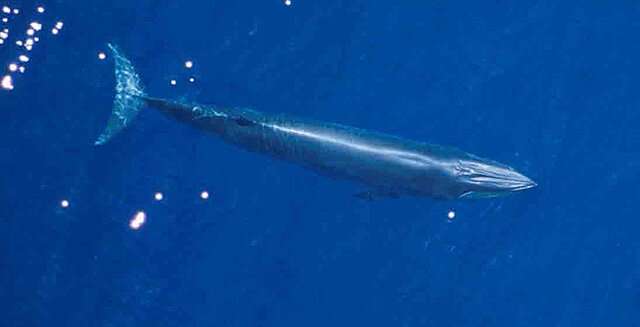
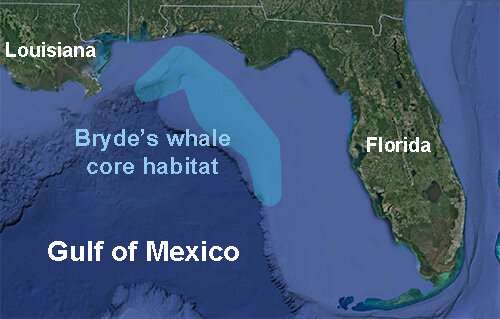
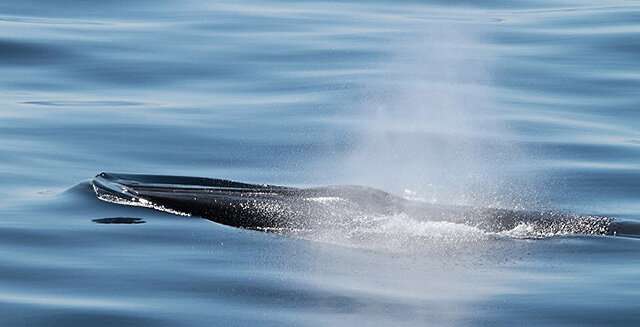
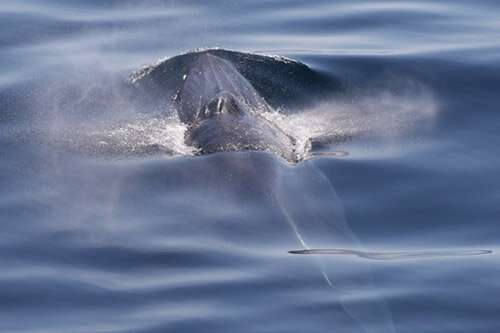


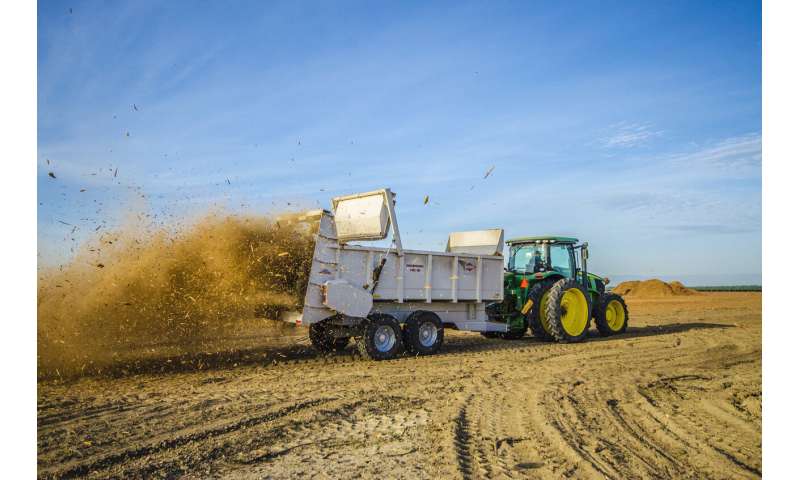
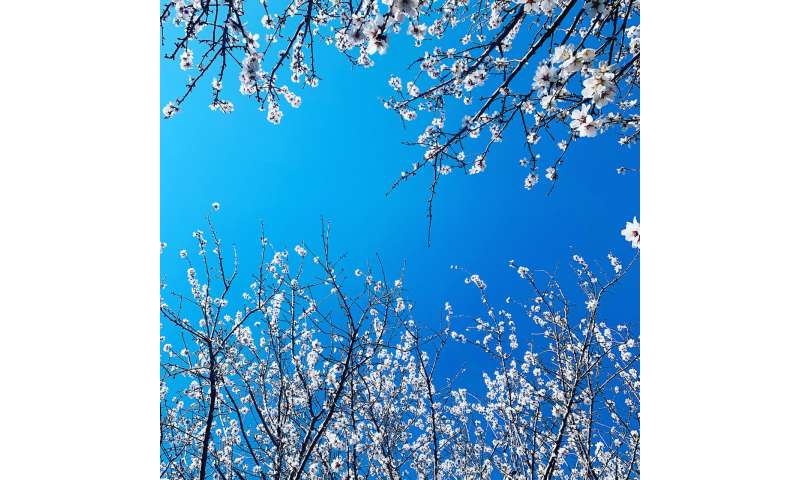
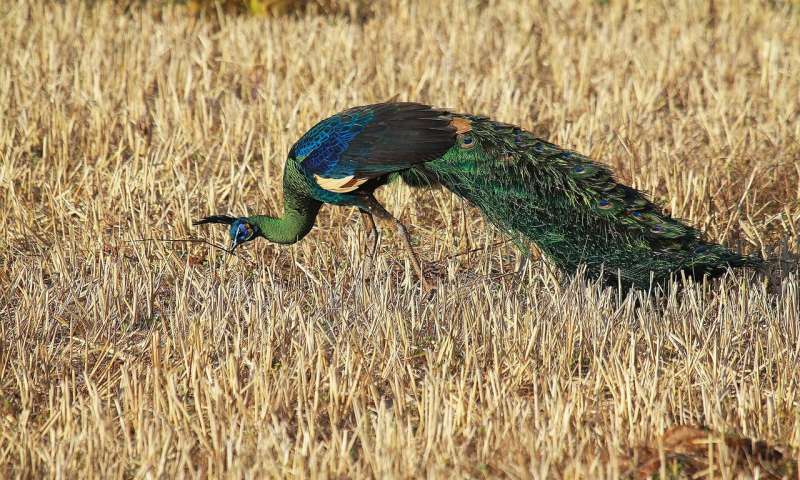
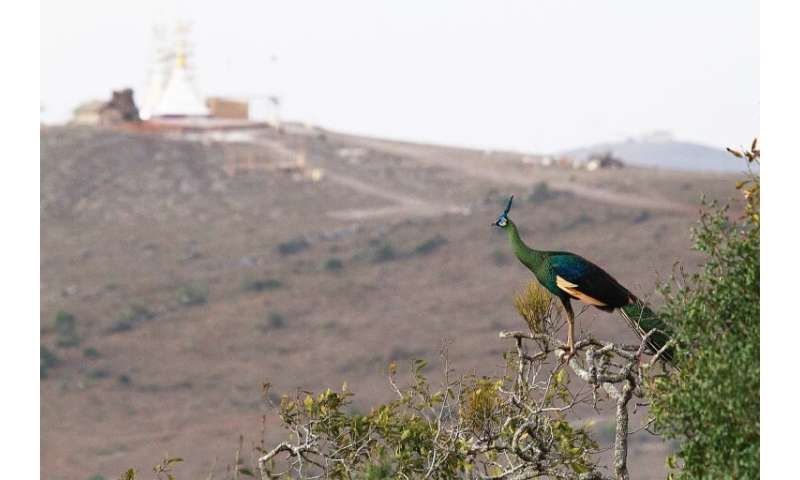








 \
\










